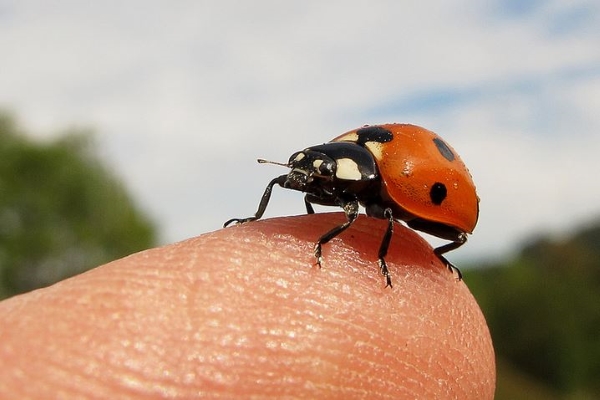If you have recently taken up photography, you may quickly realize just how difficult it is to get great shots of bugs and insects. While that perfect wildlife photograph may seem elusive, here are three tips to keep in mind that will help you find those great opportunities and then take the best shot possible of insects, bugs, and other small animals.
1. Change Your Perspective
One mistake that many photographers make is sticking to overhead shots of insects, but this can lead to bland, one-dimensional pictures. Instead, it is important to continuously change your perspective with a unique angle. By simply lowering the angle of the shot, you may find yourself picking up the unique features of a bug that were not noticeable with shots taken from above.
2. Don’t Forget the Background
Many bugs have evolved over a long period of time to carefully blend into their surroundings for survival. This often means that the background is a similar color to the insect or the colors will be nearly indistinguishable with the final shot. Unless the goal of the shot is to accentuate the camouflage of the bug, it is important to change up the background when possible. An out-of-focus petal or leaf can bring life to an otherwise bland photo of an insect in its natural environment.
3. Patience is Key
There are simply too many variables taking place during a photo shoot with insects to get reckless or impatient. Just as with any other wildlife photography, patience will generally be the most important skill that the photographer can have. Insects are naturally skittish, and this means that photographers will need to take a little extra time to get the perfect shot so they are not scared away. The best times to shoot most insects are early in the morning as the lighting is better and insects are more abundant due to fewer predators.
Macro shots open up a whole new world to photographers, and insects are a great place to perfect one’s skill. When on the hunt for the perfect shot, it is important to think about the bigger picture, stay as patient, and get to know as much as possible about each bug and its habitat.
 EN
EN IT
IT 


 ES
ES DE
DE FR
FR NL
NL